Intesa Sanpaolo: All the social and green aspects of its record-breaking half-year report.

"As always" is the phrase that has been a constant in the press releases accompanying the financial statements of many banking groups for several years now. Certainly, those quarterly and half-yearly financial statements of Intesa Sanpaolo. Italy's leading bank, among the leading banks in Europe, presented a record half-year report this morning, "the best ever" in fact: net profit of €5.2 billion, forecast to exceed €9 billion (and approach €10 billion) by the end of 2025.
Carlo Messina , the Group's CEO and the architect of this string of successes – recently named "best European banker" by a group of German financial journalists – was, as always, careful to emphasize the social aspect of the results: "35% of the cash dividends – equal to 3.7 billion euros accrued in the half-year – are allocated to Italian families and shareholder foundations," he observed, not forgetting to point out that "taxes generated in the half-year amounted to 3.2 billion euros."
The shareholder foundations descend from banking groups that, along the way, believed in the project of Giovanni Bazoli , who in 1998 led the Nuovo Banco Ambrosiano: from the "Guzzetti-style" Cariplo in 2007, to the gigantic "Salzian" San Paolo Imi, and then many others, descending in terms of assets, branches, and territories. A long history that then reached Padua, Florence, Bologna, and Cuneo.
Nor does Messina forget to mention " the commitment to social cohesion", with 800 million already allocated.
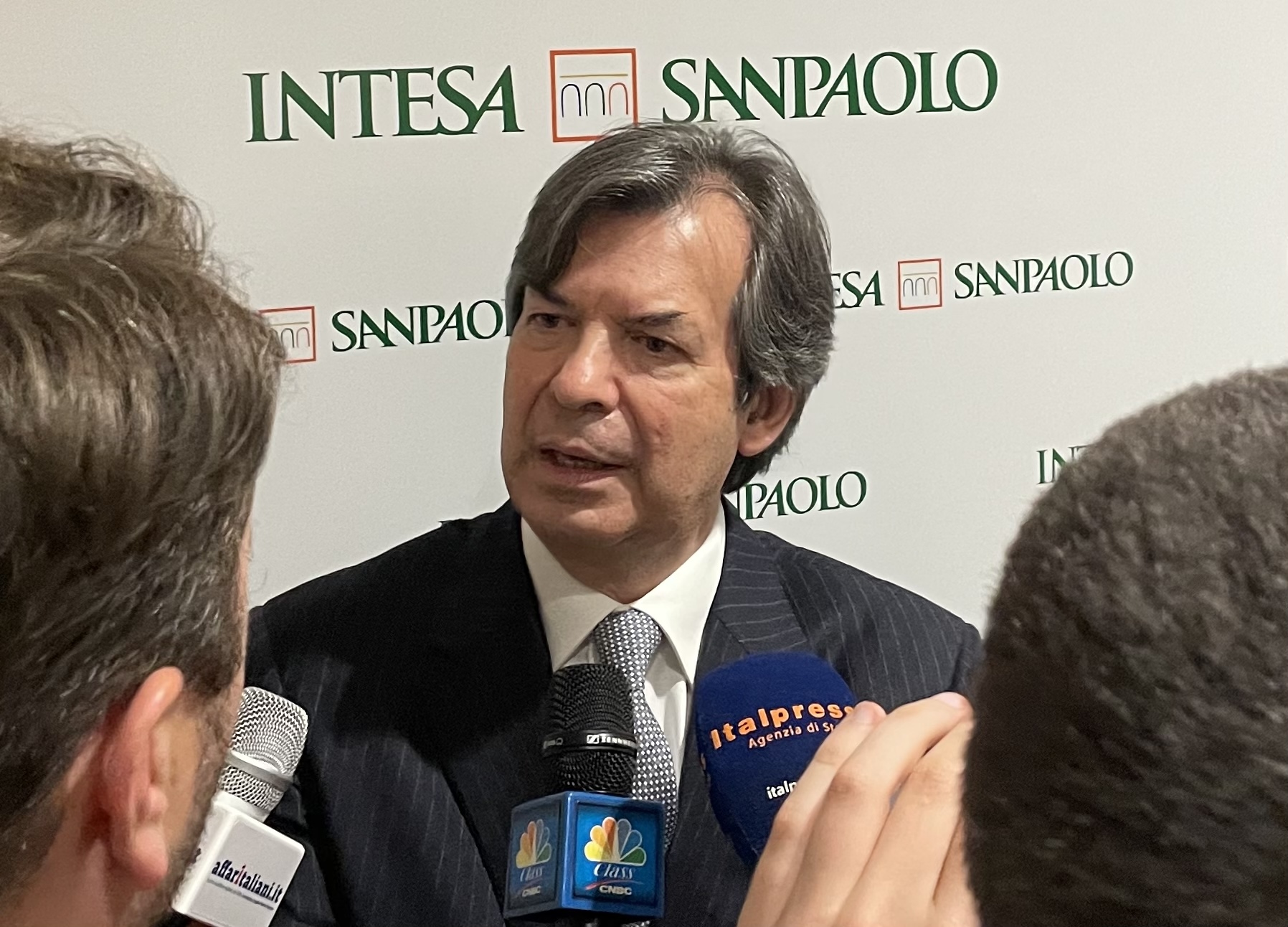
Scrolling through the note accompanying the half-yearly report, with its barrage of numbers, there are further references to the Group's social and environmental commitments, where, together with shareholder , the word stakeholder appears early and often.
We read: "The solid financial and operating performance of the first half of the year has translated into significant value creation for all stakeholders, also based on the Group's strong ESG commitment." It speaks of the "expansion of the food and shelter program for people in need (€60.3 million in interventions between 2022 and the first half of 2025)"; the strengthening of "initiatives to combat inequality and promote financial, social, educational, and cultural inclusion (€23.4 billion in social credit and urban regeneration 2022-25)"; the aforementioned contribution "to support initiatives to address social needs for €1.5 billion from 2023 to 2027 , with a thousand people involved." This area alone is worth €500 million per year "in terms of overhead costs and the people dedicated to supporting the initiatives ."
These are staff primarily employed within the "Intesa Sanpaolo per il Sociale" organization, which, with its Brescia headquarters (a tribute to the solidarity driving force behind this entire banking enterprise) and its Chief Social Officer , Paolo Bonassi , interfaces with other areas of the bank. For example, with the Impact Department, the former Banca Prossima, headed by Andrea Lecce , which handles third sector lending and support for impact projects, located within the Banca dei Territori, headed by Stefano Barrese .
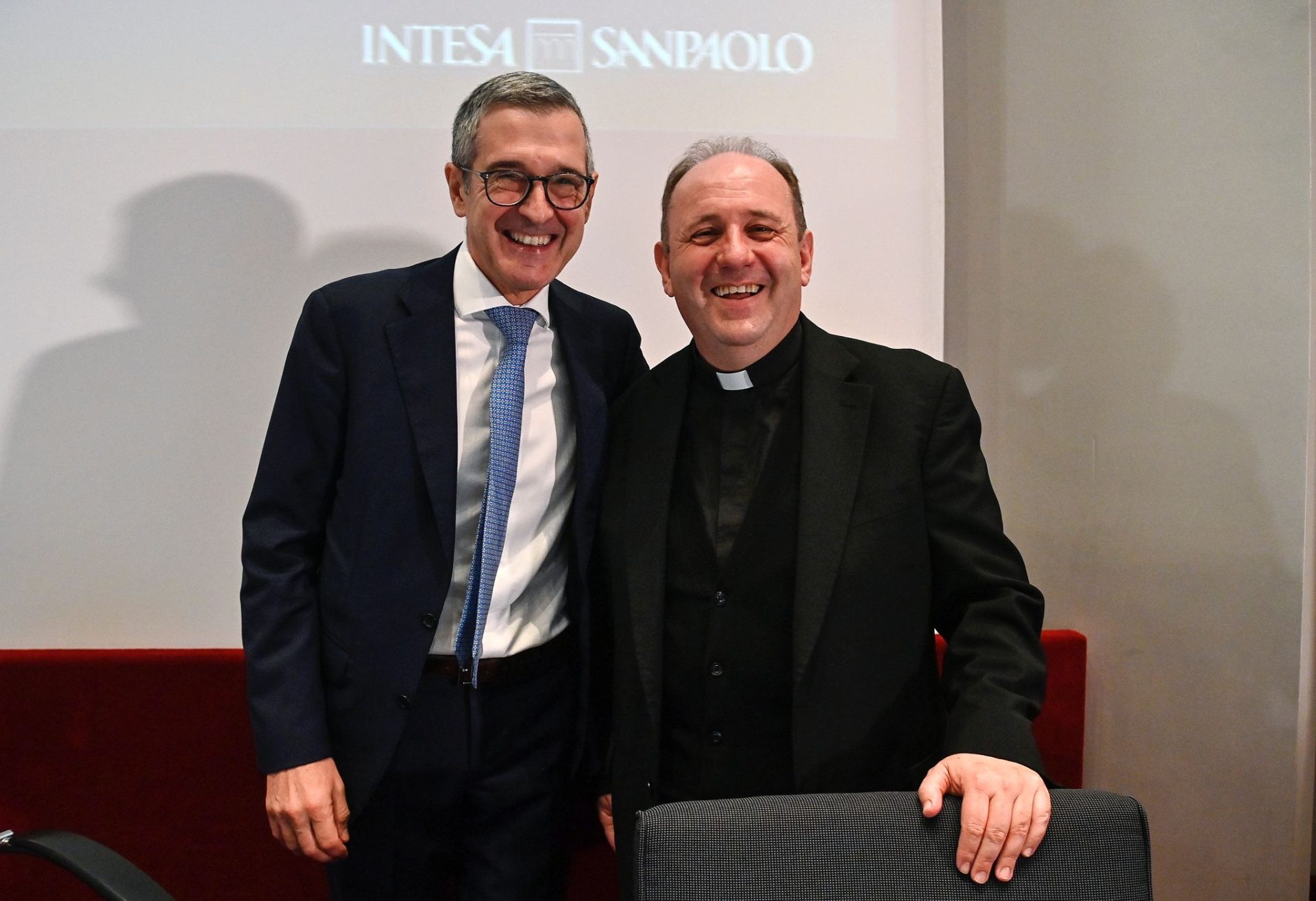
Important numbers, objectively.
Specifically, the aforementioned Food and Shelter Program for People in Need "provided concrete assistance on the ground in Italy and support abroad, with 60.3 million interventions carried out between 2022 and the first half of 2025, including 49.1 million meals, 4.3 million beds, 6.3 million medicines, and 621,000 items of clothing." The commitment to employability, with the Youth and Work Program , which has provided "training and access to the Italian labor market for over 3,000 young people within the scope of the "2022-2025 Business Plan": in the first half of 2025, registration requests from over 2,200 students between 18 and 29 years old, approximately 1,200 students interviewed and over 480 trained or in training with 19 courses (approximately 5,350 trained or in training since 2019) and over 2,480 companies involved since the launch of the initiative in 2019".
There is no shortage of commitment to addressing inequalities and educational inclusion: towards which, the statement explains, there has been "a strengthening of partnerships with leading Italian universities and schools, within the framework of the educational inclusion program which, in the first half of 2025, involved over 2,600 schools and over 18,000 students, supporting merit and social mobility ."
On social housing , however, «the Group's ongoing initiatives in terms of promoting housing units have been strengthened, also through the identification of new partnerships with leading operators in the sector, to achieve the objectives of the Business Plan ( promotion of 6-8 thousand social housing units and beds for students )».
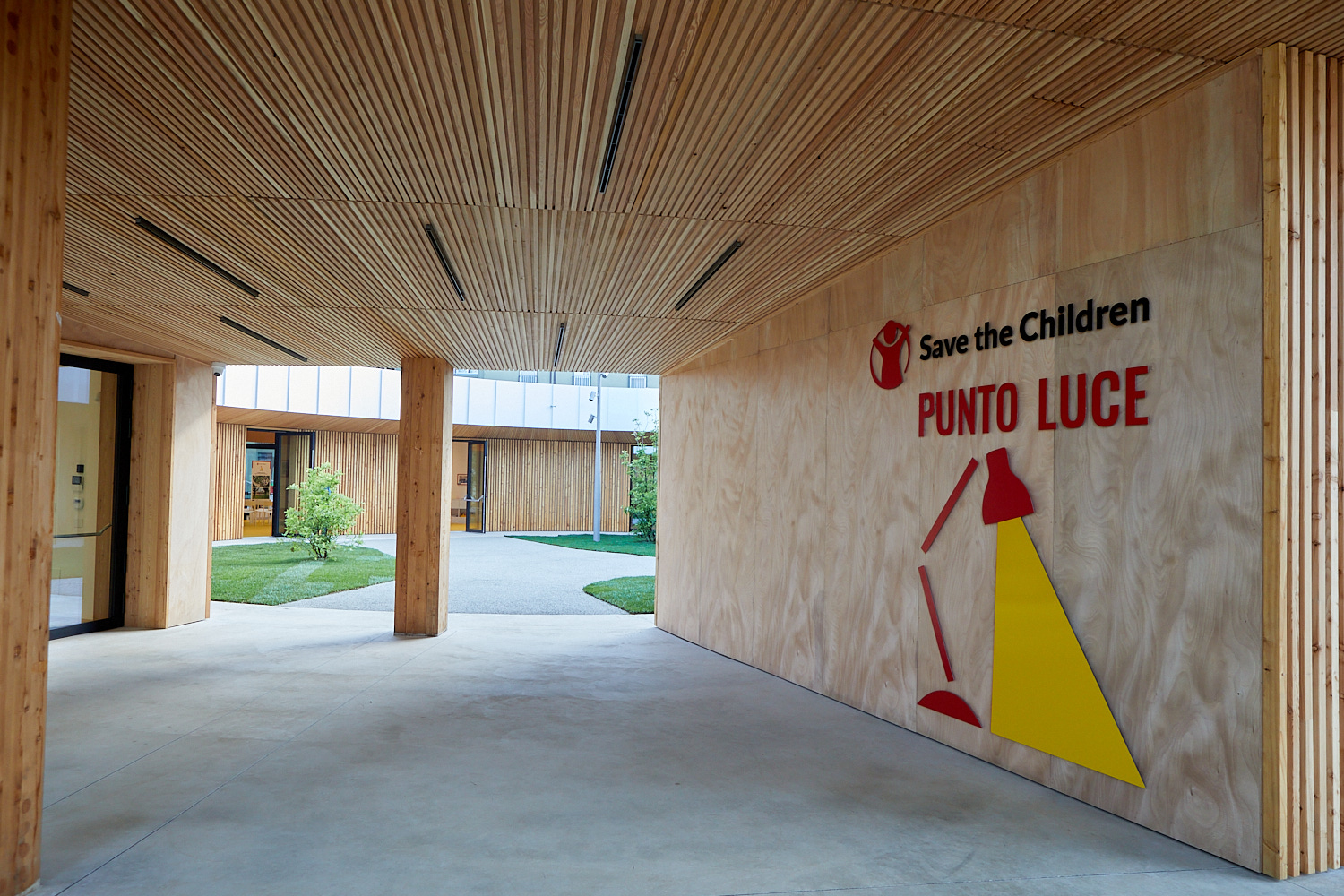
Their commitment to financial inclusion is not far-fetched, and they rightly proudly recall it from Turin's tallest tower, the Intesa Sanpaolo headquarters, which stands tall—the third-tallest building after the Regional Government and the Mole Antonelliana—a stone's throw from Porta Susa Station: " €3 billion in social credit and urban regeneration granted in the first half of 2025," which brings the total to €23.4 billion from 2022.
In the cultural area, the museum hub of the Gallerie d'Italia stands out, free for under-18s. Its four locations in Milan, Naples, Turin, and Vicenza, covering a total area of 30,000 square meters, welcomed approximately 420,000 visitors in the first half of 2025, for a total of approximately 2,335,000 since 2022.
Not that the environmental commitment is small: "From 2021 to the first half of 2025," Messina himself recalled, "we have allocated 78.6 billion euros to support the Green Economy , of which 14 billion euros allocated, from 2022, to the circular economy."
Continuing to delve into the half-year report, several noteworthy elements emerge, starting with the accelerated commitment to net zero emissions. For example, from 2022 to 2024, "2030 targets have been set for the 10 highest-emitting sectors in the Group's credit portfolio, completing coverage of the highest-emitting sectors by November 2024."
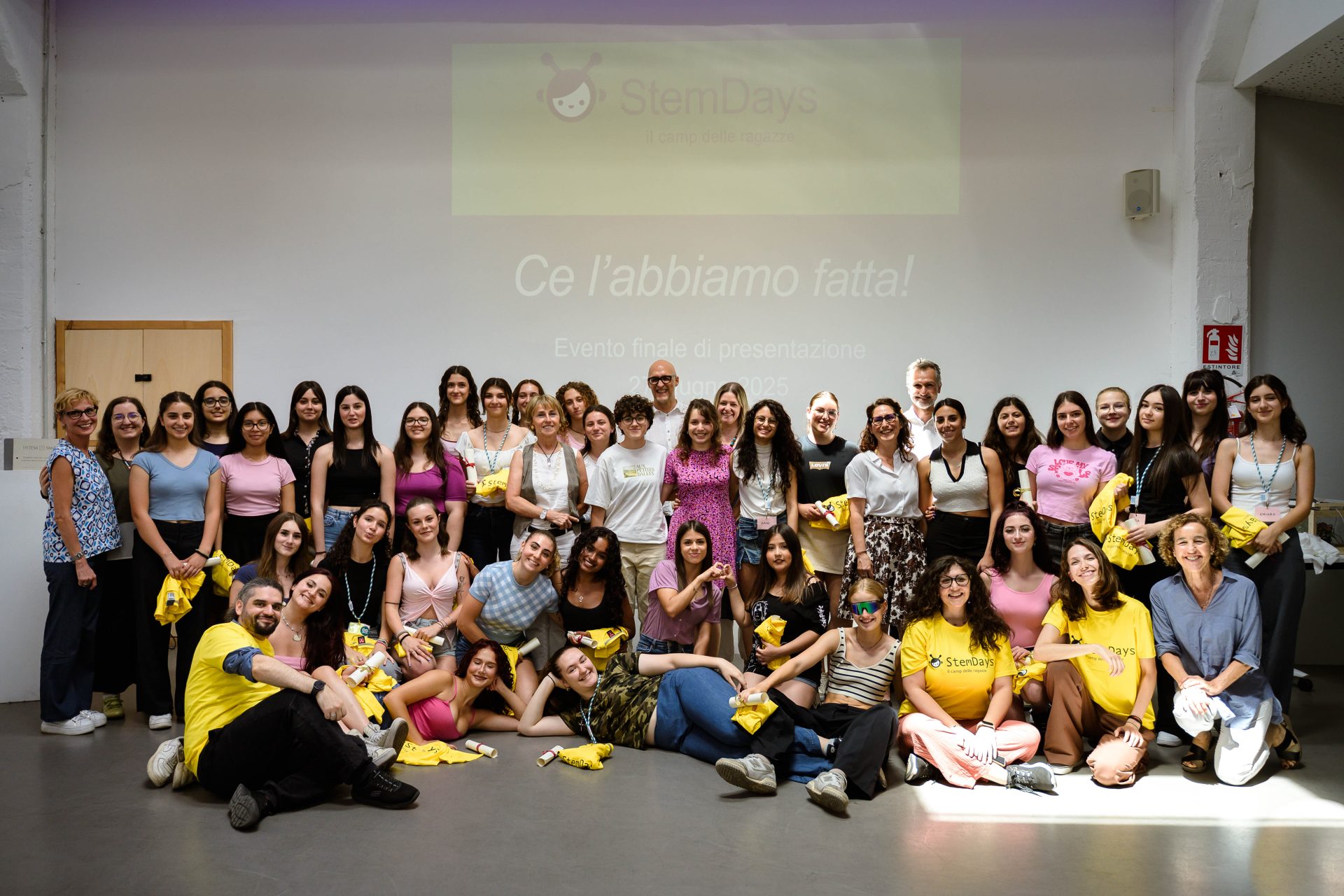
Intesa Sanpaolo reports "absolute financed emissions reduced by 32.9% in 2024 compared to 2022." Meanwhile, "the Group's own emissions decreased by 35% at the end of 2024 (compared to the 2019 baseline), compared to a 53% target for 2030," while "93% of purchased energy comes from renewable sources at the end of 2024."
The bank led by Carlo Messina is therefore reducing financing for CO2 emitters (a topic often at the center of environmental criticism) and supporting, with credit, companies that are making the transition: this is the case of the 78.6 billion euros between 2021 and the first half of 2025 and the 76 billion, already mentioned by Messina, in new credit available to support the green economy , the circular economy (1.4), and the ecological transition. Meanwhile, 3 billion euros in green mortgages have been financed for individuals (for the purchase of energy-efficient homes), in a plan that envisaged 12 billion in the four-year period 2022-25.
Figures that make those at Intesa gloat: they have an easy time recalling that they are «the only Italian bank included in the Dow Jones Best-in-Class Indices and in the CDP Climate A List and the only Italian bank, first bank in Europe and second in the world, in the 2025 Corporate Knights Global 100 Most Sustainable Corporations in the World Index » and, finally, «first among the banks of the peer group in the Sustainalytics ratings» .
The group's attitude toward its stakeholders, "Personnel," is also objectively significant: the FTSE Diversity & Inclusion Index ranks Intesa Sanpaolo first among banks, seventh in the world, and "the only bank in Italy" among the 100 most inclusive and diversity-conscious companies, to cite just one of the various rankings in which the group excels.
On the other hand, Messina never fails to mention the large number of employees and collaborators, who, as of June 30, numbered 91,347, working across 2,828 branches in Italy and 943 abroad. Their cost is also stated with old-fashioned politeness: "Resources totaling 3.2 billion euros have been allocated to our people," the CEO states.
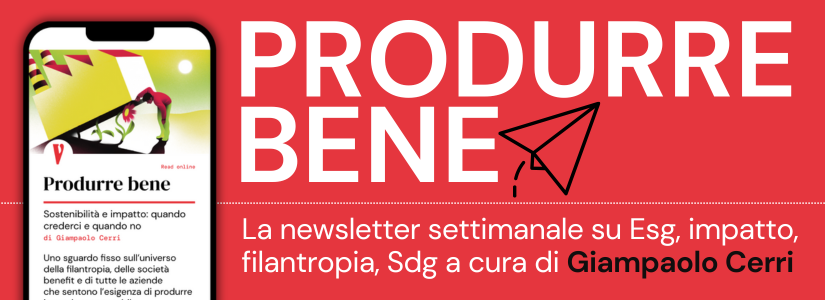
They are not immediately connected to the aspects of socio-environmental commitment, but, on closer inspection, they are very much relevant: the 42 billion euros "of new medium-long term credit in the first half of 2025 (+33% compared to the first half of 2024), with approximately 29 billion in Italy (+44% compared to the first half of 2024), of which approximately 25 billion disbursed to families and small and medium-sized enterprises (+41% compared to the first half of 2024)."
It's the so-called support for the real economy, that is, when the bank acts as a bank, it uses the savings collected in the economy made up of companies, of people who take risks and work.
This figure is in line with that of the approximately 1,260 Italian companies "brought back to performing status from impaired loans in the first half of 2025," saving 6,300 jobs: a total of 145,000 since 2014, for a total of 726,000 jobs.
Stay up to date on ProdurreBene .
The opening photo, by the author of this article for VITA, shows the registered office of Intesa Sanpaolo in Turin.
Vita.it





